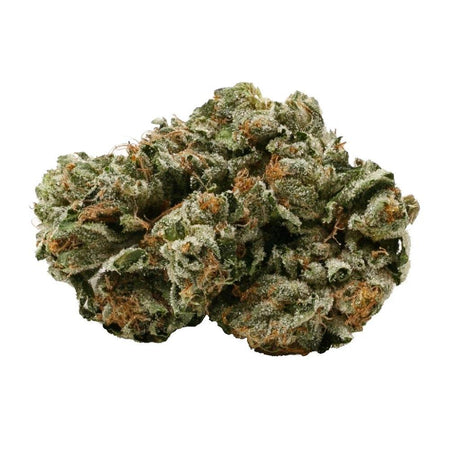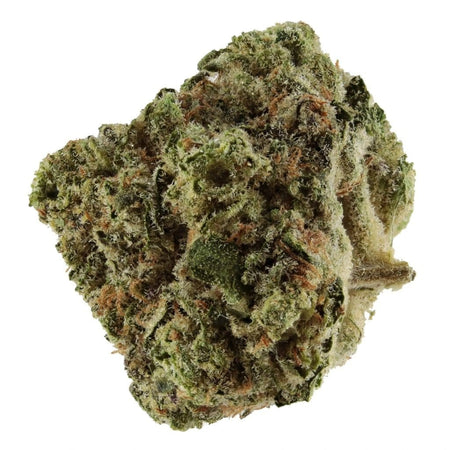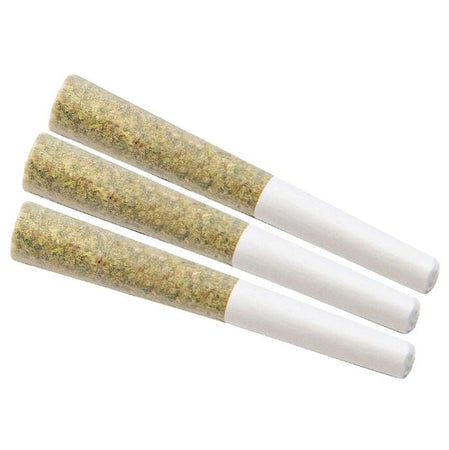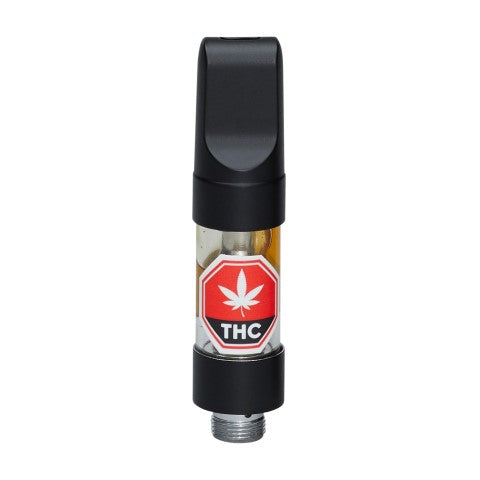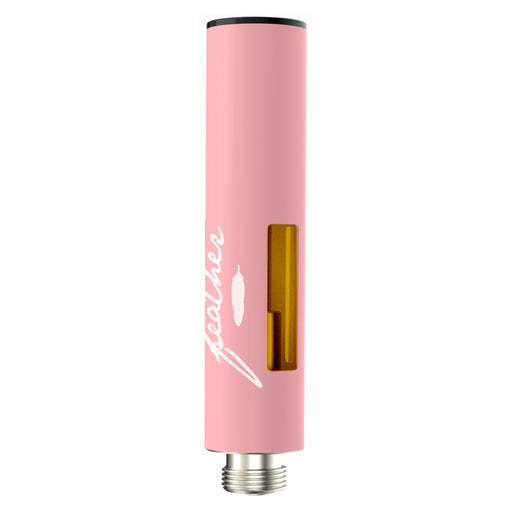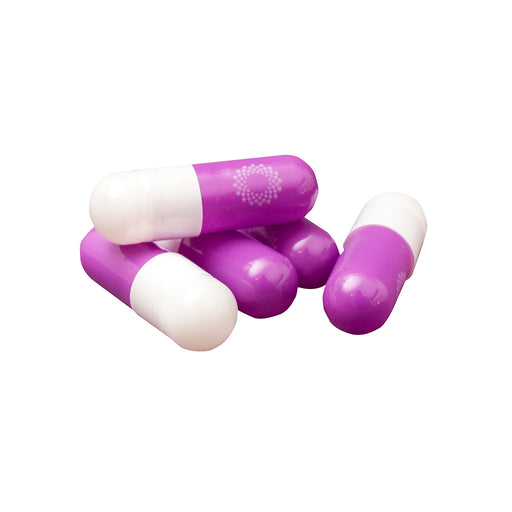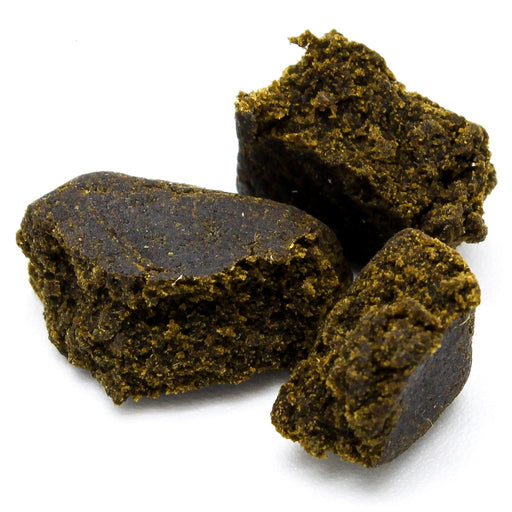Best Practices in Cannabis Cultivation
Achieving successful cannabis cultivation hinges on the implementation of the best practices, which ensure optimal plant health and high-quality yields. One of the foundational steps is the selection of high-quality genetics. Utilizing superior strains that are well-suited to your specific growing conditions can significantly influence the potency, flavor, and overall success of your crop. It is essential to choose strains based on the desired effects and the environment in which they will be grown, whether indoors or outdoors.
Maintaining an optimal growing environment is paramount. Key environmental factors such as temperature, humidity, light cycles, and ventilation must be carefully controlled and monitored. Ideal temperatures for cannabis cultivation typically range between 70-85°F during the day and 58-70°F at night. Humidity levels should be adjusted based on the plant’s growth stage, with higher humidity during the vegetative phase (60-70%) and lower during the flowering phase (40-50%). Adequate light cycles, usually 18 hours of light and 6 hours of darkness during the vegetative stage, and 12 hours of light and 12 hours of darkness during the flowering stage, are crucial for healthy growth. Proper ventilation helps manage temperature and humidity while supplying fresh CO2 to the plants.
Soil health and nutrient management are critical components of cannabis cultivation. Healthy soil rich in organic matter supports robust root development and nutrient uptake. Employing organic fertilizers ensures that plants receive essential nutrients without the risk of chemical residues. Regularly testing and amending soil to maintain the appropriate pH and nutrient balance can prevent deficiencies and promote vigorous plant growth.
Integrated Pest Management (IPM) is an effective strategy to manage pests and diseases without relying on harmful chemicals. IPM involves a combination of practices such as monitoring for pests, using biological controls like beneficial insects, and applying organic treatments when necessary. This approach helps maintain a healthy grow environment and protects the plants from potential damage.
Constant monitoring and adjustments are vital throughout the growing cycle to address any issues promptly. Finally, proper harvesting, drying, and curing techniques are crucial to preserving the quality and potency of the cannabis. Harvesting at the right time, followed by careful drying and curing, enhances the flavor, aroma, and overall quality of the final product.
In the realm of cannabis cultivation, certain practices can severely impede the growth and quality of the crop. One of the most significant mistakes is the use of low-quality seeds or clones. Inferior genetic material can lead to diminished yields and compromised plant health, resulting in a subpar final product. It is crucial to source seeds and clones from reputable providers to ensure robust plant development.
Water management is another critical factor. Overwatering or underwatering can both be detrimental. Overwatering can lead to root rot and oxygen deprivation, while underwatering can cause stress and stunt growth. Properly monitoring soil moisture levels and adjusting watering schedules accordingly is essential for healthy plant development.
Equally important is the accurate dosing of nutrients. Improper nutrient management can result in nutrient burn, where excess nutrients cause leaf damage and impair plant function. Conversely, nutrient deficiencies can lead to stunted growth and poor yields. A balanced nutrient regimen tailored to the specific growth stages of cannabis is vital for optimal development.
Lighting plays a pivotal role in cannabis cultivation. Insufficient light exposure can hinder photosynthesis, leading to weak and spindly plants. Similarly, incorrect light spectrum can negatively affect the potency and growth of the cannabis. Utilizing appropriate lighting systems that provide the correct spectrum and intensity is fundamental for achieving vigorous growth and high-quality yields.
Neglecting pest and disease management is another common pitfall. Unchecked infestations can rapidly spread, causing extensive damage and potential crop loss. Integrated pest management (IPM) practices, including regular monitoring and biological controls, are essential to maintain plant health. Additionally, the use of harmful pesticides and chemicals should be avoided, as these can contaminate the final product and pose health risks to consumers.
Lastly, the processes of harvesting, drying, and curing are critical to preserving the quality and potency of cannabis. Rushed or improper handling during these stages can degrade the cannabinoid and terpene profiles, resulting in a less effective and lower-quality product. Careful attention to detail and adherence to best practices during these final stages are paramount for achieving a premium end product.
- Buy Weed Online Canada
- Buy Pre-Rolls Online Canada
- BC Cannabis Stores Online
- Animal Face PR 3 x 0.5 g
- animal rntz redecan review
- Granddaddy Purple aka Grand Daddy
- Best Cannabis Indica Strains
- The Top-Rated Sativa Strains of 2024
- Hash & Kief price
- Cannabis-Infused Olive Oil
- Shop Cannabis Flower Buds
- The Best Hybrid Weed Strains of 2024
- The Top-Rated Sativa Strains of 2024
- Animal Cookies – Weed Strains
- Berry Cream Puff – Weed Strains
- Pre-rolls, Infused Joints, & Weed Blunts Near You
- Kief vs. Hash – Differences, Uses, & Extraction Methods
- Shop Live Resin / Rosin Online Canada
- Shop Cannabis Flower Buds
- The Best Hybrid Weed Strains of 2024
- The Top-Rated Sativa Strains of 2024
- Animal Cookies – Weed Strains
- Berry Cream Puff – Weed Strains
- Pre-rolls, Infused Joints, & Weed Blunts Near You
- Kief vs. Hash – Differences, Uses, & Extraction Methods
- Shop Live Resin / Rosin Online Canada
